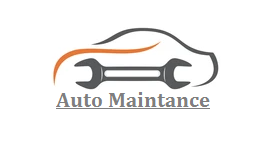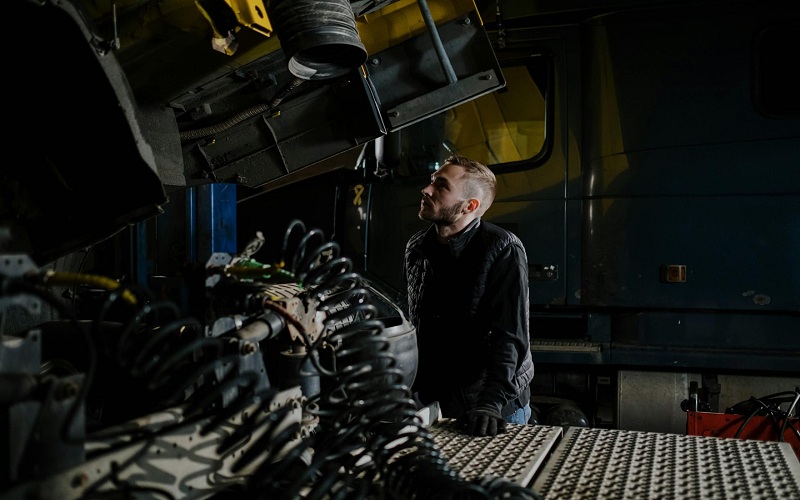In the not-so-distant past, cars and trucks were purely mechanical creations. These vehicles, icons of the 20th century, were driven by a blend of ingenuity and intricate mechanical engineering. With carburetors controlling fuel flow, distributors managing ignition timing, and manual adjustments required for everything from timing belts to valve clearances, these machines were marvels of their time. However, the evolution of technology has profoundly transformed the automotive landscape, leading us to a present where vehicles are as much a product of digital innovation as they are of traditional mechanical engineering.
The Mechanical Heartbeat of Yesteryear
Classic cars and trucks were dominated by mechanical components. The driving experience and vehicle maintenance were largely tactile and auditory experiences. A skilled mechanic could diagnose issues by listening to the engine or feeling vibrations through the chassis. The systems within these vehicles were straightforward, relying on physical connections and manual adjustments.
For instance, the carburetor was the centerpiece of the fuel system, mixing air and fuel in the correct ratio before delivering it to the engine’s cylinders. Ignition systems depended on distributors, points, and condensers, which required regular maintenance and tuning. Diagnostics involved a combination of experience, basic tools, and mechanical knowledge. While this simplicity had its charm, it also meant that efficiency, precision, and adaptability were limited compared to today’s standards.
The Digital Revolution Under the Hood
Fast forward to the 21st century, and vehicles have undergone a dramatic transformation. The integration of digital technology has revolutionised not only how vehicles are driven but also how they are maintained and repaired. At the heart of this transformation is the microchip, a tiny yet powerful component that has become as essential as oil and fuel.
Modern vehicles are equipped with complex on-board computers and a network of sensors that monitor every aspect of the vehicle’s performance. These systems continuously collect data on engine performance, fuel efficiency, emissions, braking, and more. This digital monitoring allows for real-time adjustments to optimise performance and efficiency, enhancing the driving experience and reducing environmental impact.
On-Board Diagnostics and the Role of Microchips
On-board diagnostics (OBD) systems are a prime example of how digital technology has permeated vehicle maintenance. The OBD-II standard, mandatory in all vehicles sold in the United States since 1996, provides a universal interface for monitoring and diagnosing vehicle health. These systems can alert drivers to potential issues through dashboard warning lights, and technicians can access detailed diagnostic information using specialised tools.
Tools like Jaltest diagnostics have revolutionised vehicle maintenance and repair. Jaltest allows technicians to connect directly to the vehicle’s on-board systems, providing a comprehensive overview of the vehicle’s health. By accessing diagnostic trouble codes (DTCs), live data, and system status reports, technicians can quickly identify and address issues, reducing downtime and improving repair accuracy.
For truck fleet operators, these truck diagnostics tools are invaluable as they enable them to get their vehicles back on the road as quickly as possible and minimise maintenance time.
The reliance on microchips and digital systems extends beyond diagnostics too. Advanced driver-assistance systems (ADAS), including adaptive cruise control, lane-keeping assist, and automatic emergency braking, depend on sophisticated sensors and processors to function effectively. These systems enhance safety and convenience, showcasing how digital technology has become integral to modern vehicle design and functionality. Again, specialist diagnotics tools like Jaltest have a role to play here too, offering ADAS Calibration Equipment as an additional option.
Contrasting the Past and Present
The contrast between old and new vehicles is stark. While classic cars and trucks required hands-on mechanical expertise, modern vehicles demand a blend of mechanical knowledge and digital proficiency. Today’s mechanics are as likely to use a laptop or tablet as they are to wield a wrench.
This digital dependence brings numerous benefits, including improved efficiency, enhanced safety, and the ability to diagnose and fix issues more quickly. However, it also introduces new challenges. The complexity of modern systems can be daunting, and the reliance on proprietary software and interfaces means that independent repair shops and DIY enthusiasts often need specialised tools and training to work on newer vehicles.
The Road Ahead
As we look to the future, the trend toward increased digital integration in vehicles is set to continue. Electric vehicles (EVs) and autonomous driving technologies will further enhance the role of microchips and digital systems in automotive design and operation. While this evolution promises greater efficiency and safety, it also underscores the need for ongoing education and adaptation within the automotive industry.
In conclusion, the journey from purely mechanical vehicles to digitally dependent machines reflects the broader technological advancements of our time. While the heart of a car will always be its engine, the brain is now undeniably a microchip, orchestrating a symphony of systems that keep us moving forward efficiently and safely.

